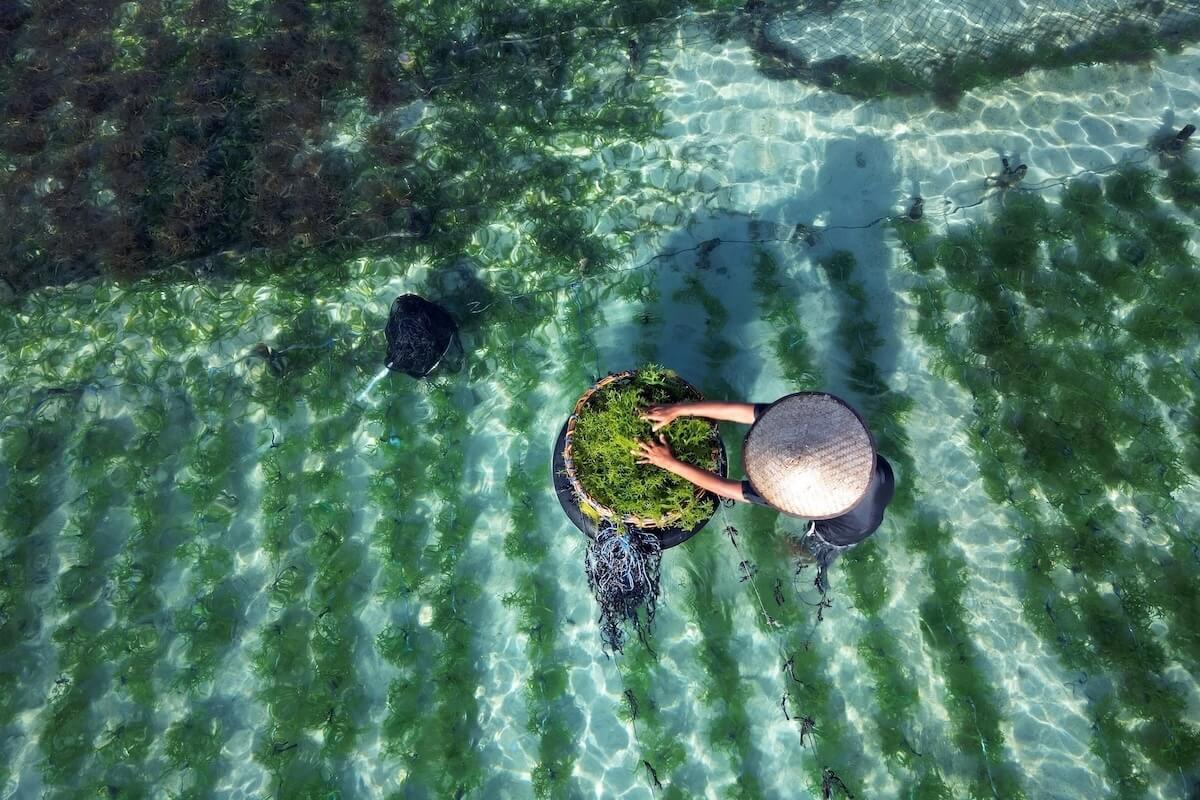ImpactAlpha, Feb. 24 – Pitching investors last year on Electriphi’s plan to help delivery, utility, school district and other vehicle fleet managers optimize their deployments of electric vehicles and charging infrastructure, CEO Muffi Ghadiali heard the repeated refrain: “You’re too early.”
Then, in September, Amazon ordered 100,000 electric delivery vehicles from a startup producer, Rivian.
“From that point on, it was like, ‘This is happening now,’” Ghadiali told ImpactAlpha.
This month, Amazon doubled down, leading Rivian’s $700 million funding round even before the company begins commercial production. Last month, UPS said it had ordered 10,000 delivery vehicles from U.K.-based Arrival, with an option to buy 10,000 more. Proterra, based in Burlingame, Calif., says it is selling electric buses as fast as it can produce them at its three factories.
The Super Bowl featured no fewer than four commercials for electric vehicles.
Al Gore’s Generation Investment raises $1 billion to invest in “sustainability revolution”
Falling battery costs are expected to make light-duty electric vehicles cost-competitive by about 2024. But over the full life cycle, the total cost of ownership of electric fleets already beats gasoline-powered fleets. No oil changes or catalytic converters and fewer moving parts means minimal maintenance costs overall. Vehicles that run for 500,000 miles. Higher vehicle uptime. And of course, lower energy costs. Because schedules are regular and charging depots can be centralized, fleet management is considered “hyperpredictable.”
Fleet management
The Climate Group’s EV100 2020 progress report forecasts that corporate and leasing fleet commitments will drive the roll-out of more than 2.5 million zero-emission vehicles by 2030. And because large corporate and public-sector customers generally have good credit, they are in a position to finance the higher upfront capital costs over time. Fleet sustainability plans, have become almost a requirement for corporations, utilities and public agencies.
“All of them are calling us every day,” said Schneider Electric’s Mike Doucleff. Schneider itself has committed to transitioning its 14,000-vehicle fleet to electric by 2030. “The economics already are there. The question is how quickly we can make the transition.”
The rapid and arguably inevitable replacement of gas-powered fleets with electric alternatives is driving the disruption of not only transportation, but electricity. Charging and managing all-electric – and ultimately autonomous – fleets will require not only vehicles and chargers but software and systems that are just now being built.
Charging a transit bus with a 450 kilowatt-hour battery can consume as much electriciity as a single-family home requires for a month. Charging a fleet of such buses effectively adds an entire neighborhood of demand to the electric grid. Even 30 school buses with 100 kilowatt-hour batteries may require a three megawatt transformer — a major upgrade. Peak-hour price increases can erase any energy cost savings from electric vehicles.
At least four startups with slightly different approaches are vying to provide fleet-management solutions. San Francisco-based Electriphi last week closed its $3.4 million round of seed funding, led by Wireframe Ventures, the Urban Innovation Fund, and Blackhorn Ventures and including Lemnos Labs and Acario Innovation, the venture arm of Tokyo Gas, the largest natural gas producer in Japan.
“The electrification of transportation is the biggest shift in energy use we’ve ever seen,” Ghadiali said in an interview. “All of the energy delivered by oil is going to be delivered by electrons.”
Speeding down the road to electric vehicles, powered by China
Amply, based in Mountain View, Calif., offers “charging-as-a-service” to help fleets lock in fixed charging costs. San Francisco-based Stable operates its own charging network.
Schneider, the French electric-equipment giant, helped incubate and launch EIQ Mobility in Oakland, Calif., and remains a minority shareholder. EIQ’s software takes into account all electric vehicle makes and models, charging systems, incentives and tax credits, electricity rates and carbon footprints and spits out a plan for fleet managers, as well as planning guides for utilities and electric-vehicle producers.
“If it was that easy, everybody would be using electric vehicles already,” EIQ’s Sila Kilaccote told ImpactAlpha. “It took us three months to do the first analysis. Now it’s a push of the button.”
Ultimately, the data from a network of thousands of vehicles will yield a trove of data and enable predictive analytics for coordinating vehicles in a fleet, or even coordination among fleets to optimize delivery routes, charging schedules and even ownership, making fleet economics even more compelling.












